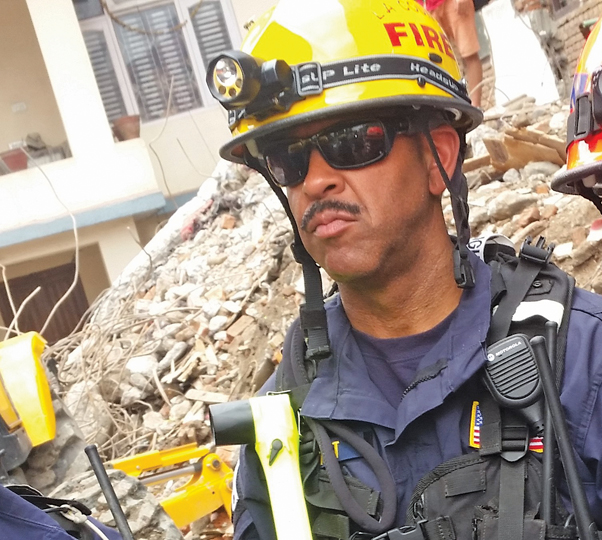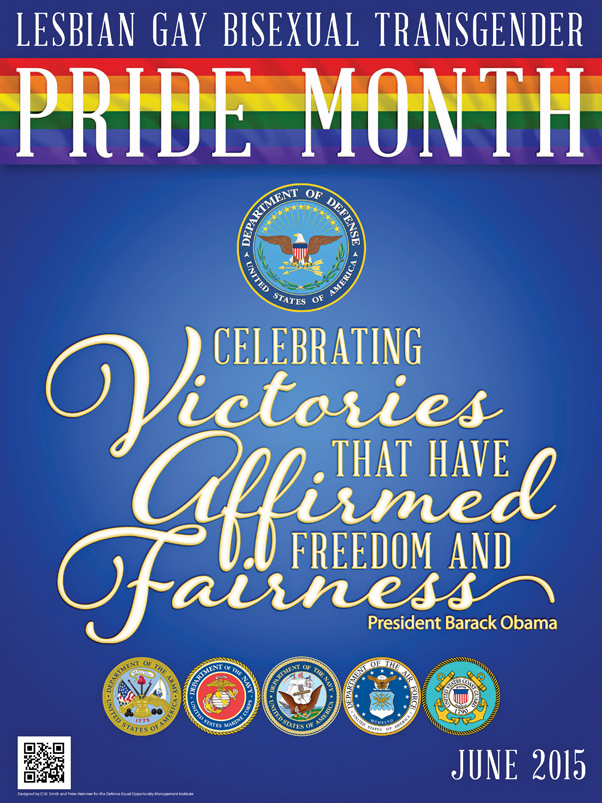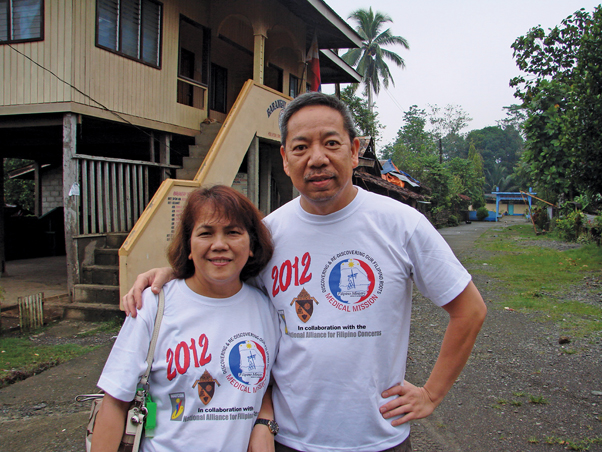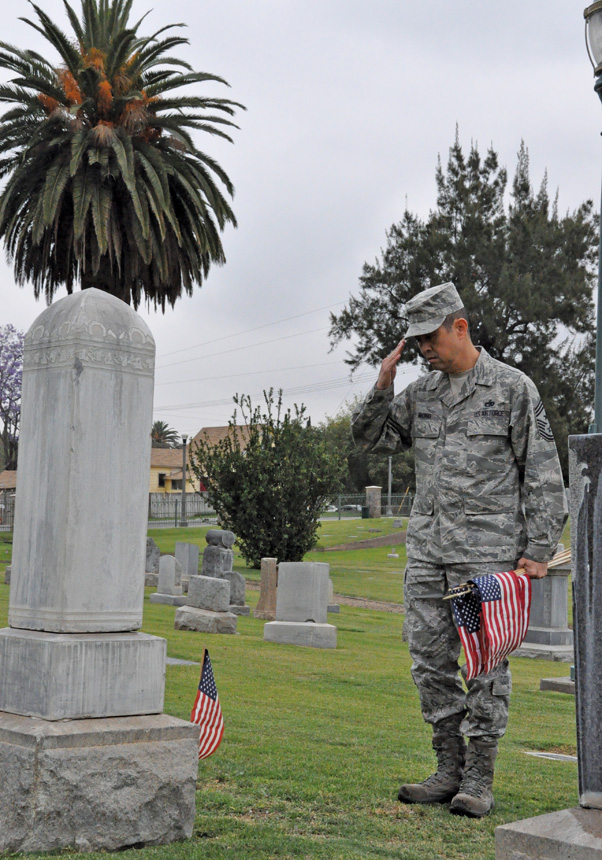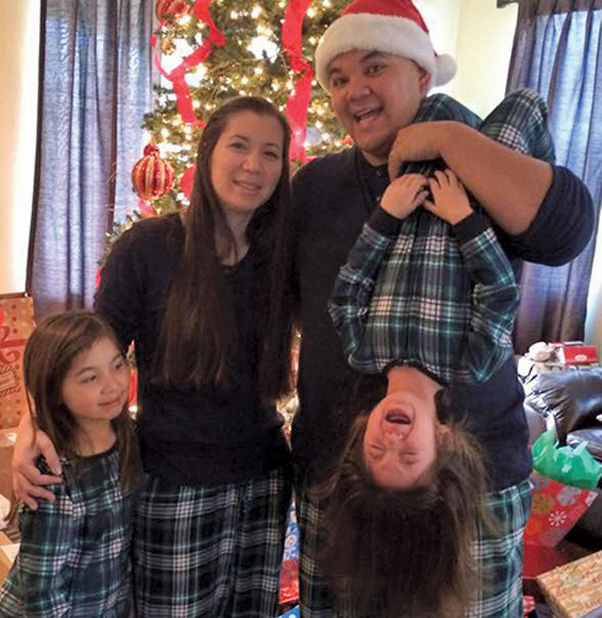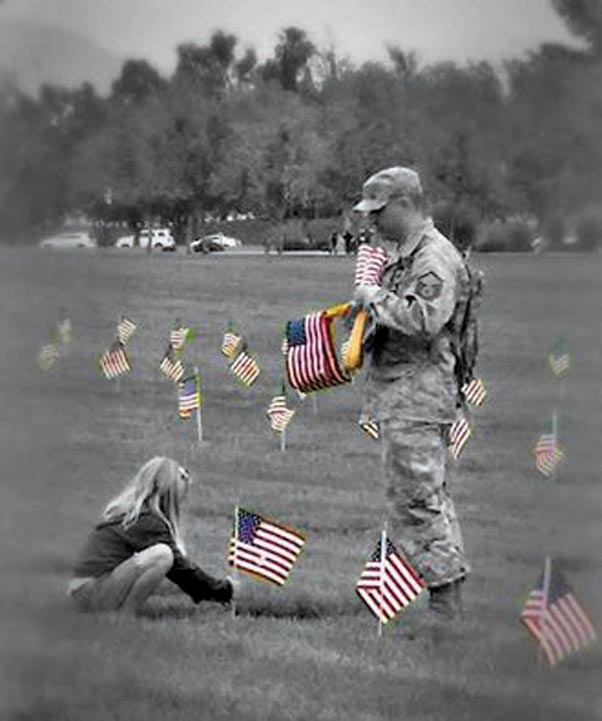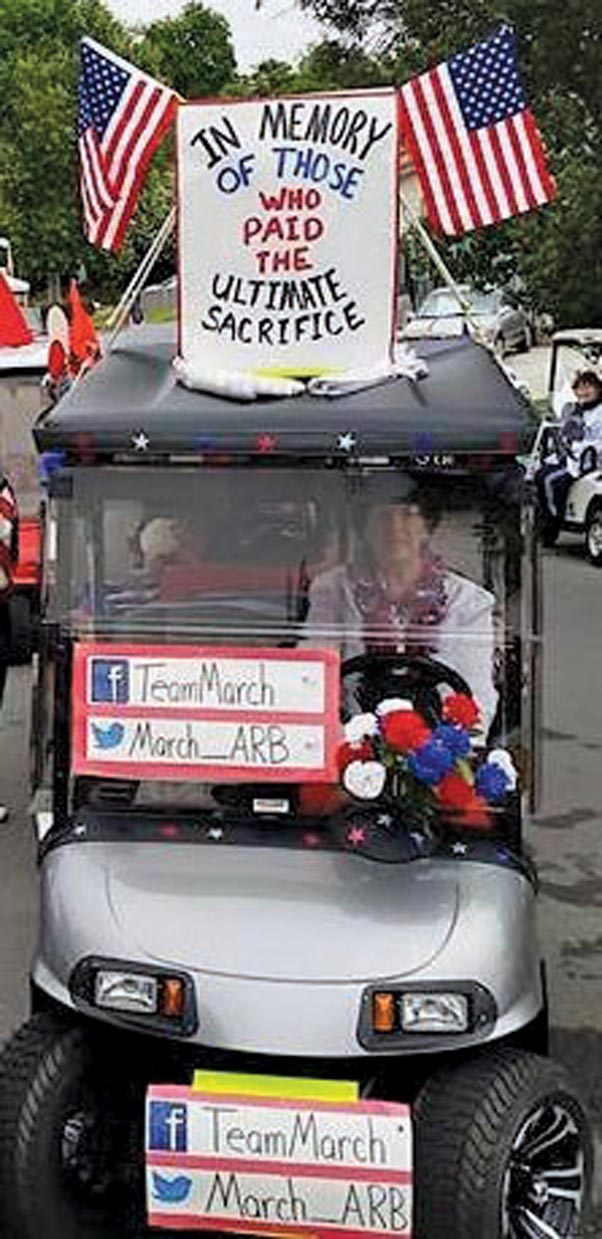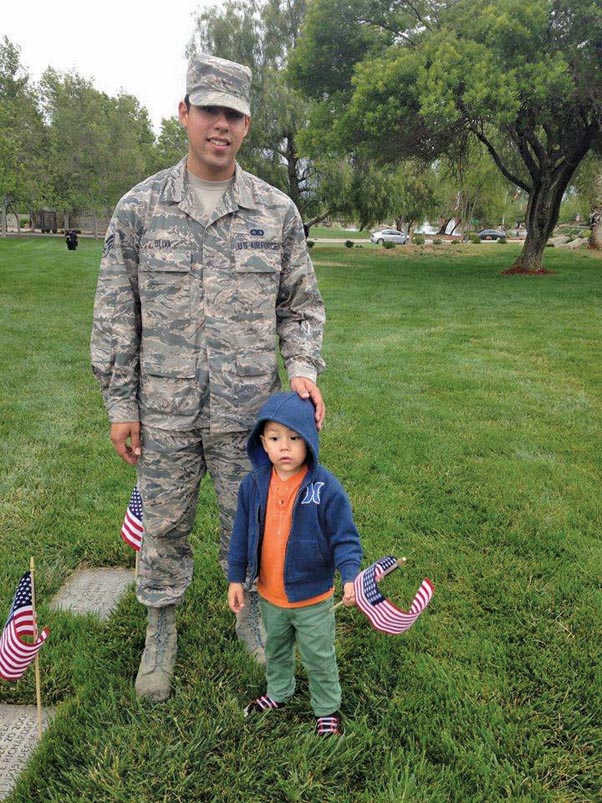With summer vacations just around the corner, we have entered the 101 Critical Days of Summer. No matter what your choice of recreation is, planning it ahead of time and taking some basic precautions will keep you safe and make your time much more enjoyable during these 101 Critical Days of Summer! Following are tips to help keep you and your family safe in various situations.
Planning for Safety
Driving – Before you go your car should be in safe operating condition.
BRAKES/TIRES: Test-drive the vehicle for brake response and feel. Listen for noises (high pitched squeal, clunking). Have your brakes checked by a competent mechanic. Be sure the mechanic removes the wheels and checks the brake lines and fittings. Check your tires for tread depth. Smooth tires can result in a blowout at high speeds or loss of control of your car on wet pavement or in other high-risk situations. Be sure your tires are adequately inflated. Tires low on air will have less grip on the road and can have excessive sidewall flexing that increases tire wear and possibly lead to a blowout. Make sure each tire has a valve cap. The cap prevents dirt from entering the valve stem, which can cause air leakage. The cap also serves as a second seal on the valve stem to maintain correct tire pressure. Don’t forget to check the spare tire for the inspection items above. It’s also a good time to ensure you have the tools you need to change a tire; i.e. jack, lug wrench, and tire chalks.
WIPERS: Examine the wiper blades looking for cracks or missing pieces of rubber. While the engine is running, turn on the wipers and washer to see if both are operating properly. Good blades shouldn’t leave streaks. In the summer, bugs can build up on the blade leaving streaks. Simply take a wet rag and run it along the blade. Don’t operate the wipers if a blade is missing—you may scratch the glass.
EMERGENCY KIT: Having an emergency road kit can get you out of a jam when stranded on the side of the road. You can easily create a good kit by putting these items in a box: two quarts of oil, two quarts of radiator coolant, a small funnel, a tire pressure gauge, a pocket knife, matches, rags, an assortment of wrenches, sockets, and screwdrivers, a flashlight, roadside flares, a first aid kit, electrical tape, jumper cables, and a “help” sign window banner.
LIGHTS/HORN: Start the vehicle in order to visually check all of the lights. If you have someone available, have them check the backup lights, brake lights, and turn signals. Make sure your assistant is not directly behind you when you put the vehicle in reverse. Check all reflectors and lenses to ensure that they are not cracked, broken, or missing. It’s also a good idea to have a mechanic check your headlights for proper alignment. Check the horn.
STEERING: Excessive steering play can make your vehicle less responsive. For non-power steering check for excessive play by turning the steering wheel back and forth. Play should not exceed 10 degrees (or about two inches on a 20-inch wheel.) To check power steering play, you’ll need someone to help you. With the engine running, check for excessive play by turning the steering wheel back and forth. Play should not exceed 10 degrees (or about two inches on a 20-inch wheel) before the front wheel barely moves. Have your assistant tell you when the wheel starts to move. If you do have excessive steering play, take your vehicle to a professional mechanic.
UNDER THE HOOD: Ensure the hoses are not cracked or leaking, and that each hose is clamped tightly. If you find a leaking hose, wrap the damaged area with the electrical tape from your emergency road kit and take the vehicle to a professional mechanic. Check all belts for fraying or cracking. Replace the belt if either frayed or cracked. Check the belt tension by depressing the belt between the two pulleys with your thumb. It should deflect from ½ inch with reasonable pressure. Wear eye protection whenever checking the battery. Check to see if the battery is clean and free of corrosion. To remove corrosion from the posts, remove the cables and scrub the posts with a solution of baking soda and water. The battery cables should be fastened tightly. Check the battery’s water level. If low, fill the battery with distilled water. Performing this small maintenance activity will ensure optimum performance from the vehicles electrical system during your vacation.
FLUID LEVELS: Check the engine oil to ensure it is neither over nor under filled. If it is low, add oil. If the oil level is too high, take your vehicle to an oil change center to have the excess oil removed. Top off the power steering and brake fluid if necessary. On some older vehicles, you must remove the radiator cap to check the coolant level. Don’t remove the radiator cap if the radiator is hot. Allow the radiator to cool before removing the cap. On newer models, you can check the level in the overflow container. The overflow container is usually marked to indicate “warm” and “cold” levels. Ensure the radiator cap has a good seal and there are no cracks in the reservoir. Normally, only check transmission fluid if a leak is found. If you must check the transmission fluid, read the dipstick while the engine is running. Fill the windshield washer fluid reservoir if low.
TUNE-UP: Make sure your car has been tuned –up properly. Checking the electrical system should be a part of this inspection.
GAS/CHARGE: And finally, don’t forget to fuel-up/charge up!
While on the Road
– Know how to get where you’re going.
– Write or phone ahead and reserve a place to stay to avoid driving around after dark looking for accommodations.
– Take along duplicate keys, your driver’s license, vehicle registration, hospital insurance card, medical information card, auto insurance card, motor club card, names and addresses of next of kin.
– Pick up a good map before you start. They aren’t so easy to find when you’re traveling these days.
– Don’t try to drive too far too fast in anyone day.
– Be sure everybody has their safety belt fastened at all times, and that smaller children are protected by the proper child restraints.
– Never mix drinking and driving.
– Keep in mind that it’s strictly a myth that black coffee has sobering-up powers. Ditto for cold showers or a few whiffs of fresh air. The only antidote for alcohol is time.
– Reduce speed in rain or fog.
– Remember that a little rain can cause a lot of trouble. It doesn’t take much rain to mix with oil and grease residue and create a slippery film on the road.
– Take a break when you get tired of driving.
– Always expect the other driver to make a mistake.
– Be quick to yield the right of way.
– If you’re pulling a trailer, make sure it’s in good working condition.
– Keep in mind that with the extra length and weight of the trailer you’ll need extra time to stop and you’ll have less maneuverability.
– Allow extra seconds-at least one extra second for each 10 feet you’re pulling.
When you arrive – Around Water
– Acquire a suntan gradually
– Remember that water-reflected rays of the sun burn faster than direct rays.
– Use a suntan or sunscreen lotion before venturing out in the sunlight.
– If you’re starting from scratch, increase your exposure to the sun a little each day.
– Never swim alone unless there’s a lifeguard on duty.
– Use the buddy system-go swimming with a friend.
– Know your swimming ability and stay within its limits by not swimming too far from shore.
– If you have small children with you, keep checking on them frequently, whether they’re on the beach or in the water.
– Always wear a life preserver or personal flotation device when you’re in a boat.
– Remind everyone else in the boat to do the same.
– Don’t overload a boat.
– Never stand up in a boat.
– Be aware that horseplay in a boat is always taboo.
– Head for shore if you see a storm brewing in the distance.
In the City
– Ask a policeman, the manager of your hotel or motel, a friend or relative who’s a resident of the city if there are certain areas of the city or possibly some streets that it would be wise to steer clear of.
– Have a good map of the city.
– Study the map so you’ll always know about where you are and approximately how to get to where you want to go.
– Have someone mark “taboo” areas on your map.
– Try to be where there are people.
– Avoid areas where you might find yourself alone or isolated.
– Carry traveler’s checks.
– If you should have a large amount of money or other valuables with you leave all or part in the hotel or motel safe.
– Always have an adequate supply of gas so you don’t run out at the wrong time or place.
While visiting others
– If you have small children with you, check to see that there are no poisons of any kind within reach of small curious hands.
– Find out where the fire extinguisher, if any, is located.
– If you don’t have children with you and your host has small children, be sure you don’t leave anything around-a throwaway razor, medicine, nail file, keys, for example-with which the children could harm themselves.
While at a hotel/motel
– Just as soon as you get to your room start planning a fire escape route.
– Walk down the corridor and locate the fire exits.
– Make sure the exits are usable.
– Count the doorways and other features between your room and the exits.
– Find out where the nearest fire alarm is if the place you’re staying has one.
– Check the windows and decide which would be the best to use in an emergency.
– Check outside the window for obstacles or something that could aid you in a possible escape.
– Read the emergency instruction card located on or near the door.
– Put your room key close to where you sleep so you can find it easily in the dark.
Tent camping
– Be aware that tents can burn. If you’re using a fire or stove for cooking be sure you keep it a safe distance from the tent.
– Use only battery lights inside a tent.
– Have an escape plan, and be prepared to cut your way out of the tent if a fire occurs.
Sports – Baseball
– Before starting go to the doctor for a physical exam.
– Wear all required safety gear always
– Begin with warm up/stretch. Never play through pain.
– Use breakaway bases.
– Add screens or fencing to the dugout and eliminating the on-deck circle.
Soccer
– Ensure all goals are securely anchored, made of a lightweight material and covered with protective padding.
– Fit shin guards and footwear with professional advice.
– Use only plastic coated balls.
In the Gym
– Evaluate your current fitness level.
– Always begin/end with warm up/cool down.
– Set reasonable goals, monitor your progress
– A well-rounded workout should include exercises that address five fitness areas: muscle strength, muscle endurance, flexibility, weight control and cardiovascular endurance.
On the Track
– Select the right shoes.
– Pre-stretch at least 5 to 10 minutes.
– Hydrate before you begin running.
– Wear light-weight, wicking shorts and shirt..
– Start with a brisk walk or slow jog and then increase.
– Make it a habit.
Staying Home – Around the house
– Don’t leave BBQs unattended. Keep grill outside 10 feet away from anything flammable
– Never squirt lighter fluid on hot coals. Place the can and matches away from the grill. Never use gasoline.
– Use ladders in good condition and on solid ground. Don’t overreach. More the ladder if needed. Work facing the ladder and hold on with one hand.
– Store pesticides and other toxic materials out of reach of children. Know and follow all the instructions and precautions on the label. Use protective clothing. When using any flammable substance, refrain from smoking or using open flames.
– Make sure your power tools are either double-insulated or connected to a three-wire ground system. Do not use near flammable materials or wear loose, frayed, or torn clothing while operating power tools. Make sure defective tools are maintained and repaired by authorized personnel only. Read and follow all instructions. If the job’s out of your league, face up to it and call in professional help.
